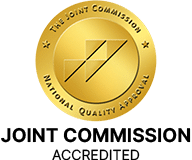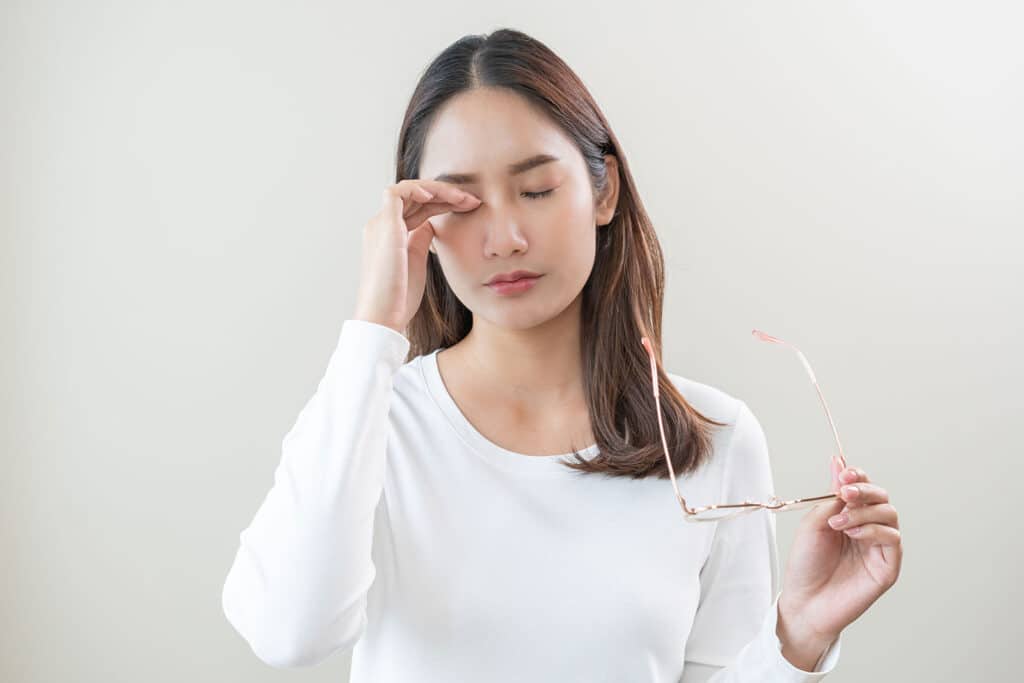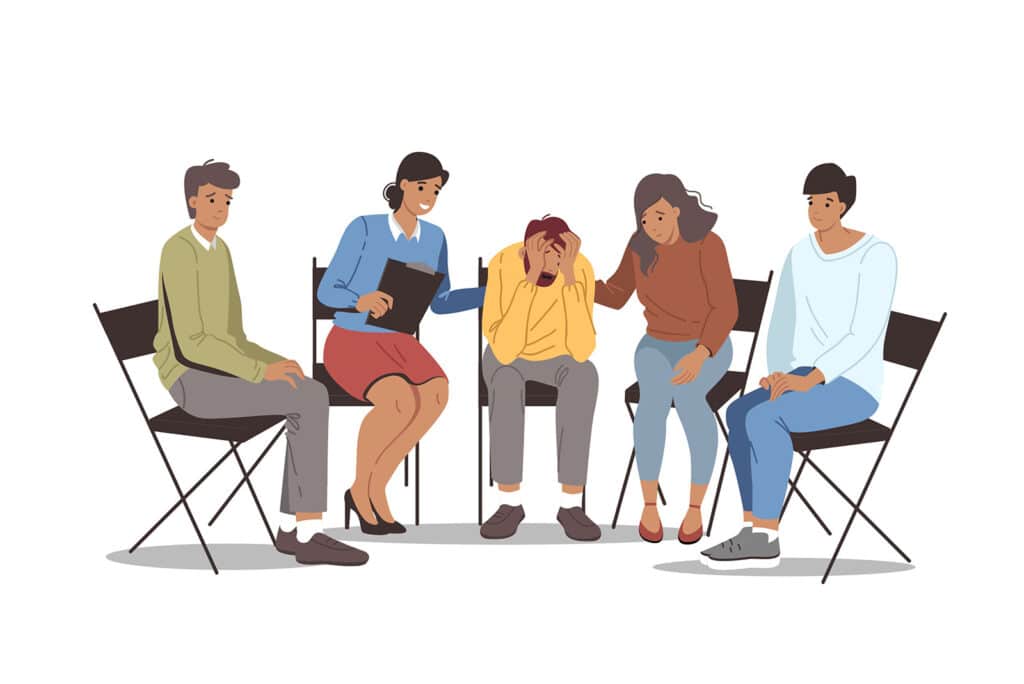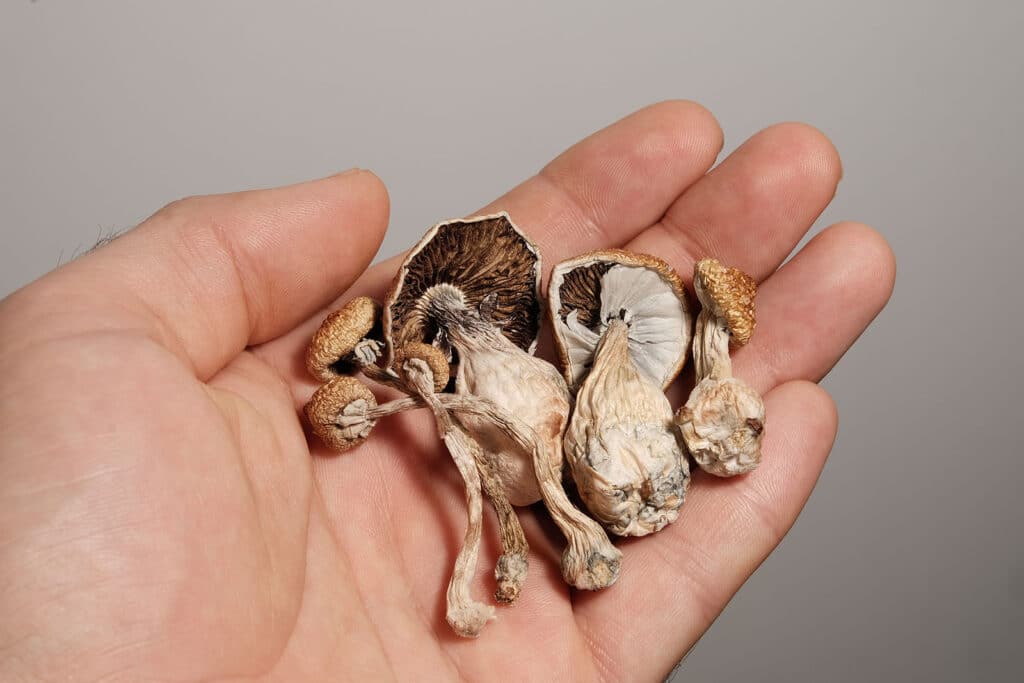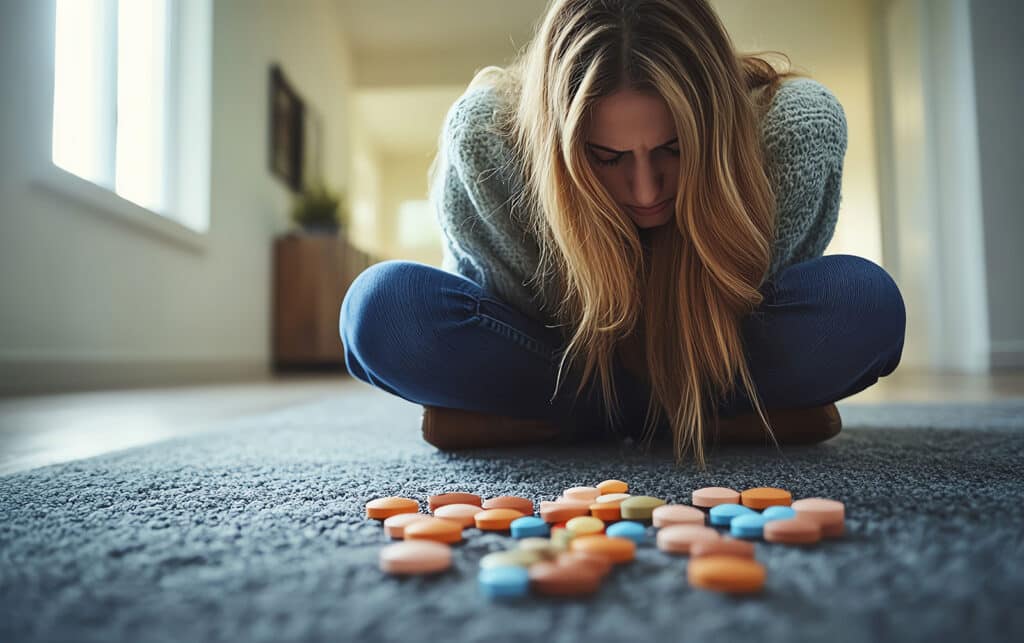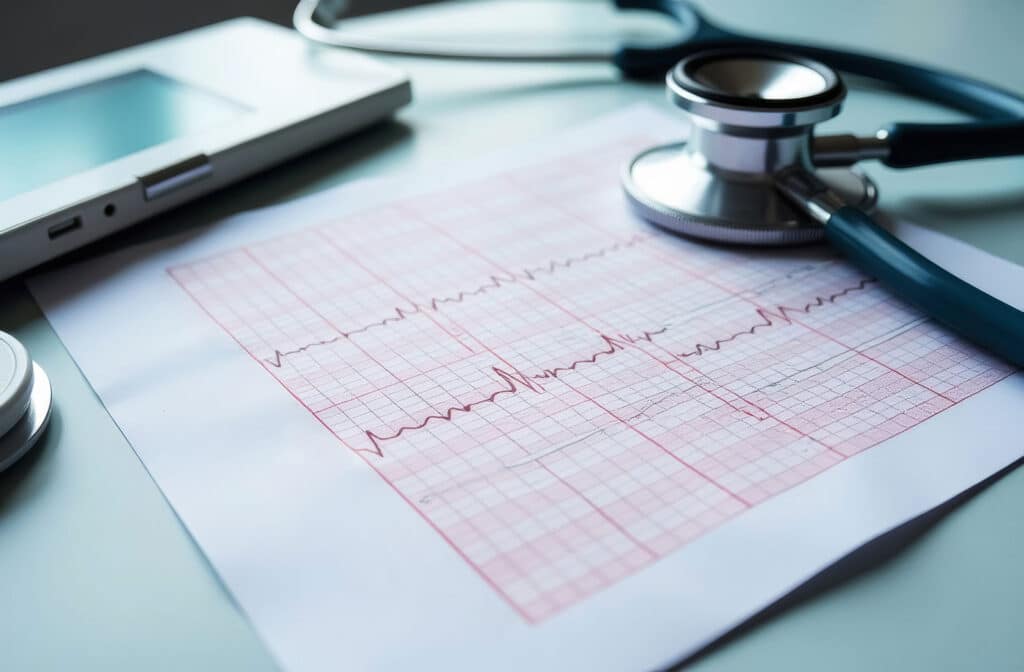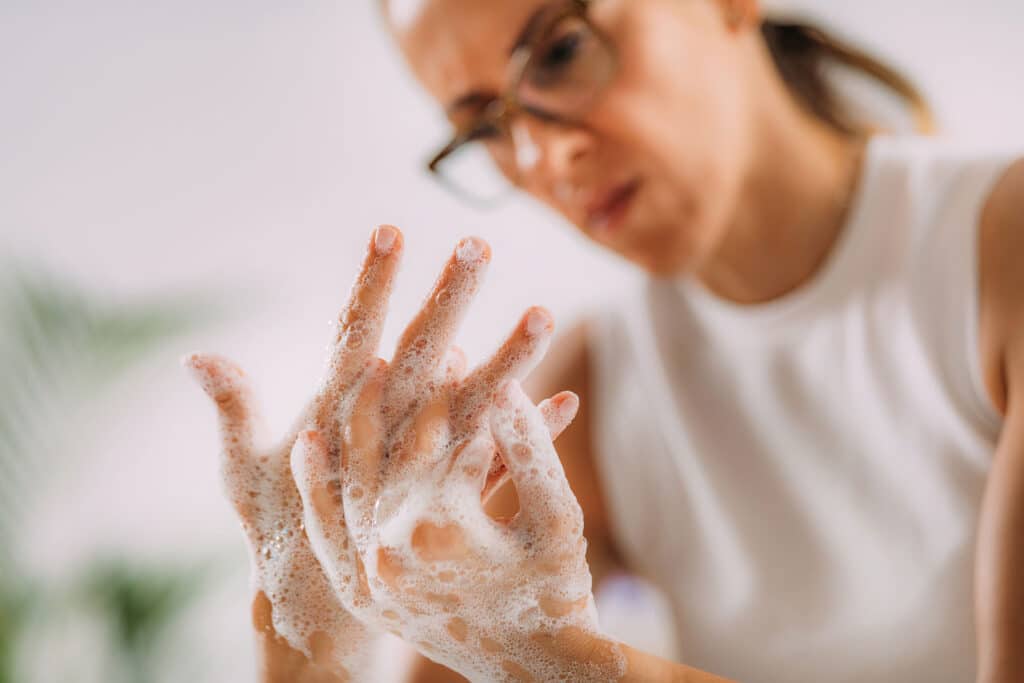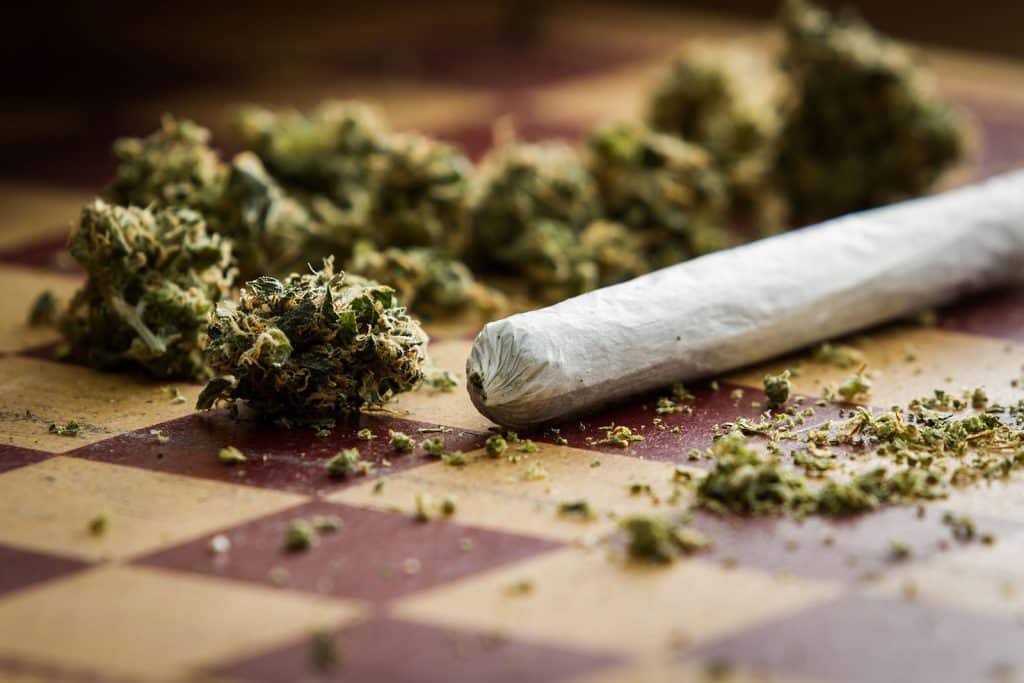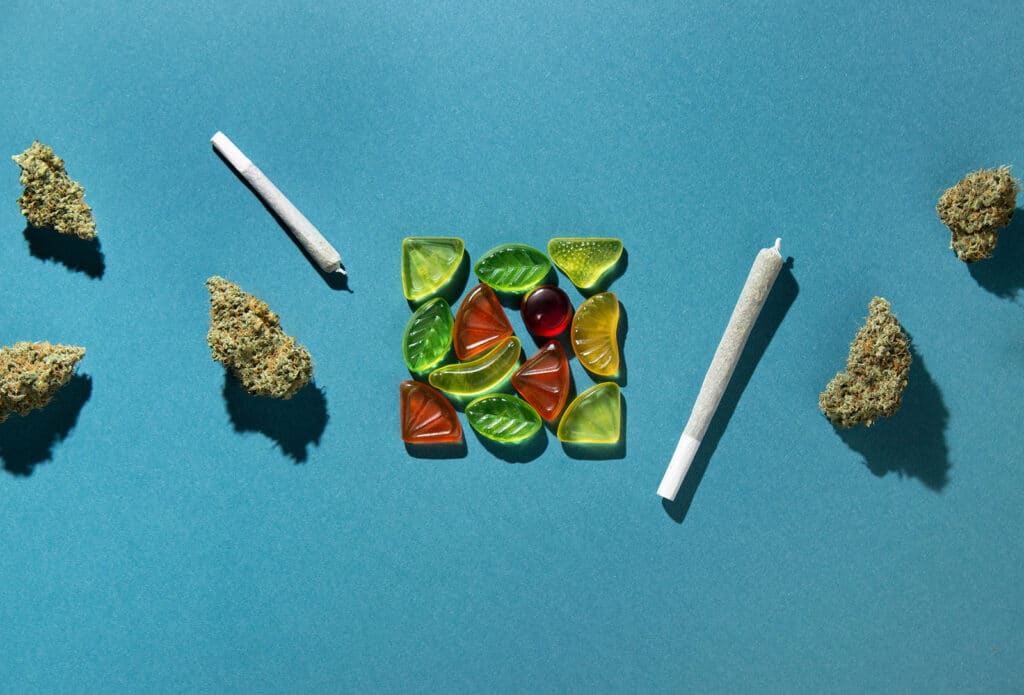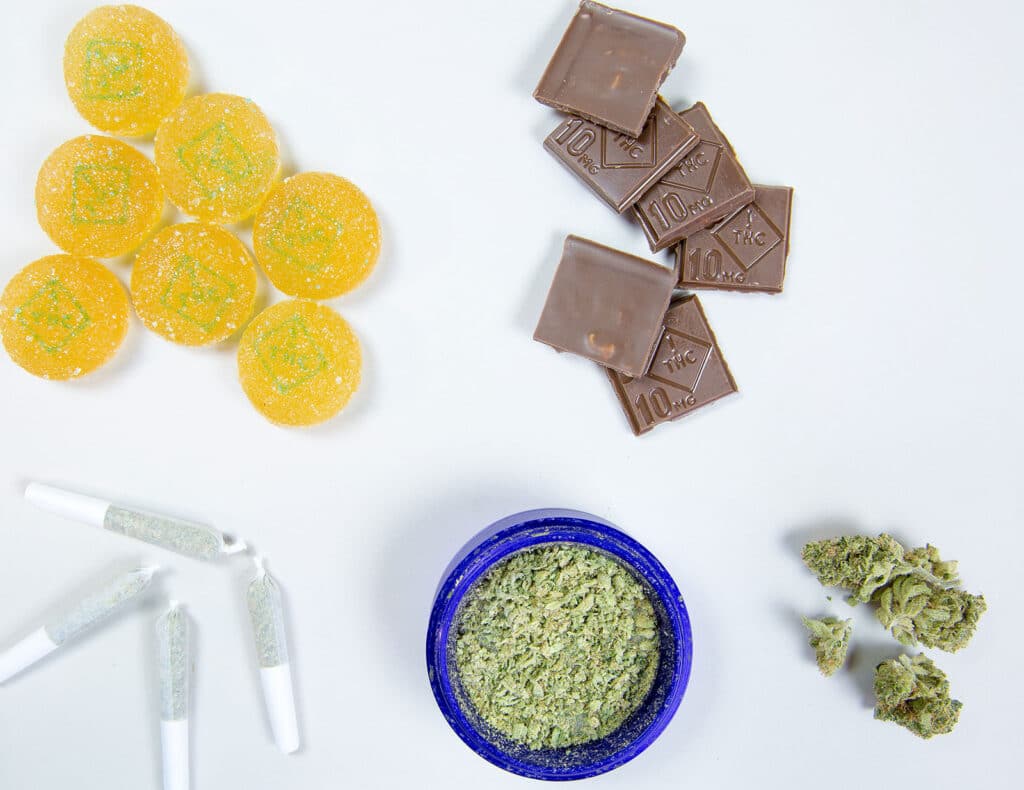Are you living with a partner who has a drinking problem? Do you feel like you’re constantly on edge, just trying to hold everything together?
If you answered yes to both, you’re not alone.
In 2023, more than 28 million American adults were living with alcohol use disorder (AUD), according to the National Survey on Drug Use and Health. Behind that number are countless spouses and partners quietly struggling to cope.
But you don’t have to go through this on your own. There are communities out there specifically for people in your shoes. Up next, we’ll look at the different support groups for spouses of alcoholics—and why finding support really does matter.

Leading Support Groups for Spouses of Alcoholics
The following are well-established support groups available to you:
1. Al-Anon Family Groups
Al-Anon is one of the most recognized support groups for family members of alcoholics. If you have a teen child who you think could benefit from such a fellowship, Alateen is a dedicated program for them.
Both follow the time-tested 12-step approach that has proven so effective in Alcoholics Anonymous (AA). The main difference is that here, it’s the loved ones who work through these steps.
Many newcomers find Al-Anon’s self-assessment quiz eye-opening. You might discover patterns in your behavior and relationships you might not have recognized before.
You can check their website for an Al-Anon meeting near you. Group meetings are flexible these days, with in-person, online, and hybrid options.
While considering whether to attend, you can read blogs from Al-Anon members where they share personal stories and discuss relevant topics.
2. Co-Dependents Anonymous (CoDA)
CoDA is ideal for spouses struggling with codependency, often in relationships affected by addiction, but not limited to that.
But what exactly is co-dependency?
Signs of co-dependency with an alcoholic partner include:
- Calling in sick for a hungover partner
- Lying to family members to cover up the drinking problem
- Making excuses for missed obligations or taking over responsibilities they neglect
- Having trouble saying no
- Financially supporting their drinking
- Feeling responsible for their emotions, decisions, or sobriety
CoDA follows a 12-step model, like AA and Al-Anon, but it concentrates on healing the relationship you have with yourself.
Meetings are available in-person and online, and you control how much you share and when. For more information about their program, please visit CoDA’s website.
3. SMART Recovery
Unlike traditional 12-step programs, SMART Recovery is science-based. It’s rooted in cognitive behavior therapy (CBT) and motivational psychology to modify thinking patterns and behaviors in people with substance use disorder.
Their Family & Friends program is exactly what you’re looking for. It’s a secular alternative to groups like Al-Anon or CoDA, designed for loved ones affected by someone else’s alcoholism or addiction.
SMART meetings are structured but relaxed. A trained facilitator (sometimes a peer, sometimes a professional) guides the group through topics and open discussion. You can participate or just listen, whatever feels comfortable.
You can visit smartrecovery.org to find meetings, access free resources, or download worksheets you can use right away.

What Support Groups Offer
To be clear, you don’t have to wait for your alcoholic partner to get help before prioritizing your own needs. Ideally, you should have a strong support system while your spouse embarks on their addiction recovery.
Regardless of whether your partner chooses to seek professional help or not, support groups give you the space and tools to focus on yourself.
And while no support group is a perfect fit for everyone, most offer the following:
1. Emotional Support
One of the biggest draws of support groups is the sense of connection with people who understand it all—the frustration, the fear, the guilt, the helplessness.
You don’t even have to defend why you’ve stayed. Everyone in the room already knows what it’s like to love someone and resent their drinking at the same time.
Support groups gently redirect the attention back to yourself, particularly your emotional well-being and mental health. That might feel strange at first, especially if you’ve spent so much time trying to “fix” everything.
2. Learning to Set Boundaries
Group meetings reinforce the idea that you are not responsible for and cannot cure someone else’s drinking problem. What you can control, however, is your own responses and behavior.
This realization often brings profound relief for many people.
Through regular meetings, you’ll learn ways to establish healthy boundaries while still showing your partner compassion. Members share what has worked in their own lives, rather than vague advice.
3. Coping Skills
The program provides practical tools for dealing with emotional stress and avoiding codependent behaviors.
Coping strategies come from real-life experiences. You’ll learn from others how they manage when drinking escalates, how they communicate their limits, or when to step away.
Many find that the lessons learned become life skills, useful whether their partner continues drinking or not.
4. Privacy and Anonymity
All meetings are confidential. You don’t have to share your last name or other personal details, and you can participate as much or as little as you want.
Some people just listen for weeks before ever speaking—and that’s perfectly fine. The point is: you’re in a safe space here.
5. Ongoing Support
Support groups aren’t just a one-time thing. Members meet regularly (weekly or even daily in some areas), and you can attend for as long as you need.
Also, there’s no pressure to “graduate.” People stay for years because the peer support continues to be meaningful, even as their situation changes.

Why Support Matters
Spouses of alcoholics carry a heavy emotional burden. You might find yourself constantly worrying, dealing with unpredictable behavior, and cleaning up messes. It’s common to feel like a single parent, even within a relationship.
This situation can bring up a complicated mix of emotions, including anger, sadness, fear, shame, and guilt.
Many unintentionally fall into codependent patterns—prioritizing the alcoholic partner’s needs at the expense of their own. Enabling often comes from a place of love, but it can keep the cycle going.
These actions, while well-intended, can reinforce the addiction by removing natural consequences.
Besides, the ongoing stress of living with an alcoholic partner can affect your emotional well-being and physical health. It’s not uncommon for spouses to experience:
- Chronic anxiety or depression
- Sleep disturbances
- Feelings of hopelessness
- Isolation from friends and family
Mutual support groups can be a lifeline in times like these. They connect you with people in similar situations, so you know you’re not alone.
How to Help Your Alcoholic Partner
The truth is, you can offer your partner support and encouragement, but you can’t fix their drinking problem for them. Recovery has to be their choice.
Here’s what you can do that can actually help:
- Educate yourself. AUD is a medical condition, so learning about the signs, stages, and treatment options can help you approach the situation with more clarity and less blame.
- Express concern honestly. Let them know you’re willing to support their recovery, not their drinking.
- If your partner is open to it, consider couples therapy or family therapy to work through the stress, miscommunication, and emotional fallout that alcohol has brought into your relationship.
- Encourage them to get help. You can recommend options like a helpline, a healthcare provider, or a 12-step group like AA.
At Recreate Life Counseling, we offer alcohol addiction treatment, including inpatient and outpatient options.
Whether your partner is ready to get into a treatment program now or just beginning to explore the idea, we’re here to guide you with care and expertise.

Frequently Asked Questions
Is Al-Anon Religious?
Are Support Groups Free?
What Can I Expect in a Typical Group Meeting?
Do I Have to Talk or Share My Story?
How Soon Will I Start to Feel Better?
Final Thoughts
Support groups for spouses of alcoholics won’t fix your partner’s alcohol problem. What they can do instead is help you feel less alone and more in control of your own life.
Remember, you can’t pour from an empty cup. So, prioritize self-care: get enough sleep, eat well, talk to a therapist, or join a support group.
Published on: 2025-04-27
Updated on: 2025-04-29


